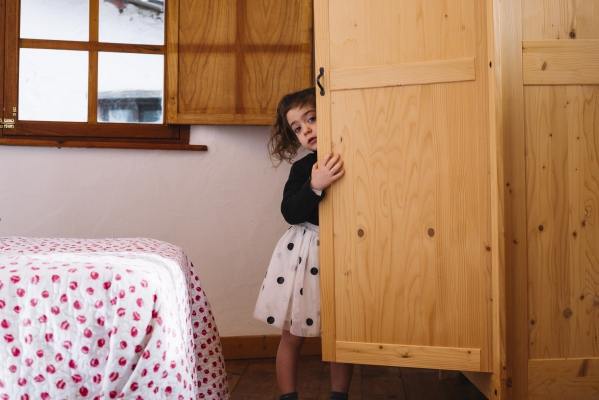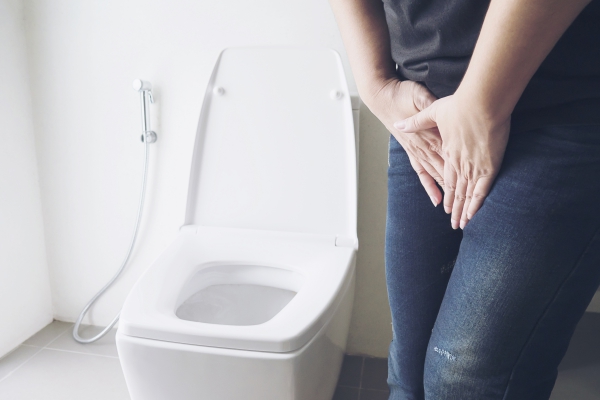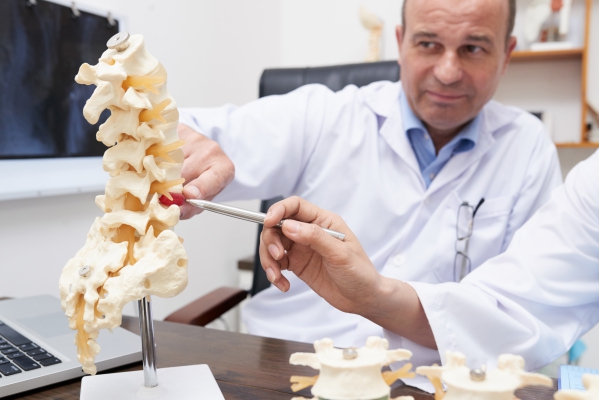What is bed-wetting?
Bed-wetting is involuntary urination while sleeping after the age at which staying dry as night can be expected which is usually after the age of 5-7 years. Bed-wetting is also known as enuresis or night time incontinence. While bed-wetting can be very embarrassing for the child, it often forms part of the child’s development.
In the United States, at age 4 years, 25% of children frequently wet the bed, but by age 7 years, only 5-10% still wet the bed, and by the age of 10 years, less than 5% of children still have the problem. Among 5 year old children, 23% of them have enuresis. In addition, bed-wetting is more common in males than females.
This condition requires patience and understanding to treat the problem. Bladder training, lifestyle modifications, moisture alarms and medications can help to reduce the frequency of enuresis or even resolve it.
What are the causes and risk factors of bed-wetting?
The exact cause of enuresis is still unknown but there are several factors which may increase the risk of suffering from the condition and these include:
- Stress and anxiety: Having stress or anxiety may trigger bed-wetting. The stress and anxiety may result from situations such as starting to go to a new school or sleeping away from home.
- Family history: If one or both of a child’s parents wet the bed as a child, their child is at increased risk of wetting the bed too.
- A small bladder: If a child’s bladder has not developed enough and is smaller, he/she may not be able to hold their urine during the night.
- Insufficient hormone production: An insufficient production of anti-diuretic hormone (ADH) may increase the risk of bed-wetting.
- Inability to recognize a full bladder: If your child is a deep sleep, a full bladder may not wake him/her up.
- Urinary tract infection (UTI): UTI may cause your child to have bed-wetting along with other signs and symptoms such as frequent urination, red urine, and pain during urination.
- Diabetes mellitus (DM): Bed-wetting may be the first sign of DM in children who were usually dry at night. Other signs and symptoms include increased thirst, passing large amounts of urine, fatigue and unexplained weight loss.
- Chronic constipation: As the same muscles are used to control urine and passing stool, long-term constipation may damage these muscles, leading to bed-wetting.
- Attention-deficit/hyperactivity disorder (ADHD): Children suffering from ADHD are at increased risk of bed-wetting.

What are the signs and symptoms of bed-wetting?
Bed-wetting forms part of the normal development of a child. However, it becomes a problem if ever, it still occurs after the age of 5-7 years. Bed-wetting may be accompanied by other signs and symptoms, depending on the cause and these include painful urination, pink/red urine, excessive thirst, constipation.

Making a diagnosis
To make a diagnosis, your doctor will first take a detailed history from you to know more about your symptoms. After the history taking, your doctor will perform a physical examination to look for signs associated with the condition. To confirm the diagnosis, your doctor may order some tests and these include:
- Complete blood count (CBC): A CBC is done to look for an elevated white blood cell (WBC) count which will indicate the presence of an infection in the urinary tract.
- Urine analysis: A urine sample is taken and viewed under the microscope to assess for the presence of red blood cells (RBCs) which will indicate an obstruction within the urinary tract.
- Blood sugar level: This test is done to determine whether the child is diabetic.
- Ultrasonography: An ultrasound scan of the bladder is performed to assess whether there is residual urine in the bladder after urination as this may predispose to infection of the bladder (cystitis).
- X-rays or other imaging tests of the kidneys or bladder: This is done to look for any abnormality of the urinary tract.
What are the treatments of bed-wetting?
The majority of children will outgrow bed-wetting on their own eventually. However, in some cases treatment may be required which may be in the form of lifestyle modifications, medications or moisture alarms.

The first step in the management of bed-wetting is lifestyle modifications and these include:
- Avoiding foods or drinks containing caffeine as it may stimulate the bladder.
- Avoiding fluid intake in the evening if possible.
- Encouraging voiding at the beginning of bedtime and just before falling asleep.
- Cleaning his/her bottom in the morning to prevent rashes from a wet underwear.
Moisture alarms are battery-operated devices which are connected to a moisture-sensitive pad on the child’s clothing or bedding. The alarm goes off when the pad senses wetness. The alarm usually goes off just as the child begins to urinate so that he/she may have enough time to stop urinating and get to the toilet, unless he/she is a heavy sleeper. This method is often more useful than medications but may require up to 16 months of use before achieving dry nights.
As a last resort, your doctor may prescribe medications to be used on a short-term basis and include desmopressin (DDAVP) which reduces the amount of urine produced during the night. This medication is usually given orally and is only prescribed to children above the age of 5 years. There is another type of drug which may be used which is called oxybutynin (an anticholinergic drug) which reduces bladder contractions and increase the bladder capacity.
What are the complications of bed-wetting?

If bed-wetting is left untreated, the following complications may ensue:
- Genital rashes due to wet underwear.
- Embarrassment which may eventually lead to a low self-esteem.
- Loss of opportunities for social activities such as camping or sleepovers.
Expectations (prognosis)
The most important reason to treat bed-wetting is to improve the loss of self-esteem. Even without treatment, the cure rate is about 15% per year. However, children who wet every night often continue to wet until adolescence. Unfortunately, there have been reports where children with bed-wetting have been fatally abused by parents or caregivers and may be a trigger of abuse in some cases. Alarm therapy is beneficial and about two thirds of children end up being dry at the end of the therapy.

Source:
J. Alastair, I. and Simon, M., 2016. Davidson's Essentials of Medicine. 2nd ed. London: ELSEVIER.
Parveen, K. and Michael, C., 2017. Kumar & Clarks Clinical Medicine. 9th ed. The Netherlands: ELSEVIER.
Robson, W. 2020. Enuresis.
Robson WL. Clinical practice. Evaluation and management of enuresis. N Engl J Med. 2009 Apr 2. 360 (14):1429-36.
Moffatt ME. Nocturnal enuresis: psychologic implications of treatment and nontreatment. J Pediatr. 1989 Apr. 114 (4 Pt 2):697-704.
American Psychiatric Association. Diagnostic and Statistical Manual of Mental Disorders. 5th ed. Arlington, VA: American Psychiatric Association; 2013. 355-7.
Butler RJ. Impact of nocturnal enuresis on children and young people. Scand J Urol Nephrol. 2001 Jun. 35 (3):169-76.




